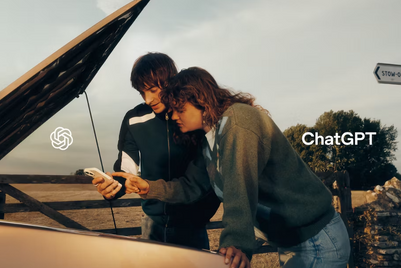.jpg&h=570&w=855&q=100&v=20250320&c=1)
New research from AdLift, a global digital marketing agency recently acquired by Liqvd Asia, found that ChatGPT traffic may be small but it sticks.
AdLift analysed LLM-driven traffic for clients across six major sectors (debt relief, payments, automation, petcare, gifting and event and space rental) and found that while ChatGPT sends under 4% of Google Organic volume, those visitors often spend more time on site than Google users. Five sectors showed higher engagement time from ChatGPT and the average uplift was 36%.
The takeaway: people who click from ChatGPT are in solve mode; they’re looking for quick answers and a clear next step.
It’s one reason why Perplexity didn’t show the same engagement lift. The snippet often answers the user’s questions and any clicks to the website are more for verification, rather than a genuine search.
One sector bucked the trend. The event and space rental marketplace saw lower engagement from ChatGPT than from Google (50 seconds vs 1 minutes, 23 seconds), indicating that entry points may not be LLM-friendly.
The report said the landing experience did not match how ChatGPT phrased the task and suggested that adding price ranges, capacity and ‘good for’ tags upfront or displaying availability hints could improve ChatGPT traffic engagement.

AdLift said that ChatGPT traffic may be small today, but it is a strong intent signal. If brand pages open with the answer, show proof and make the next step obvious, they will convert that attention into action.
The key challenge is knowing which questions to target and how often your brand is cited in AI answers.
Retooling for AI
The digital marketing agency also outlined a three-step process to make brand pages more AI-friendly.
Above the fold, the pages should feature a one-line problem restatement and an answer-first summary (no more than two to four sentences), a primary Call-to-Action (CTA) and a short proof row detailing author/sources.
Below the fold, the content needs to provide the detail required for task completion. This should include how-to steps or decision flows, a comparison table or scenario table, and an FAQ section that mirrors chat phrasing.



.jpg&h=268&w=401&q=100&v=20250320&c=1)




.png&h=268&w=401&q=100&v=20250320&c=1)

